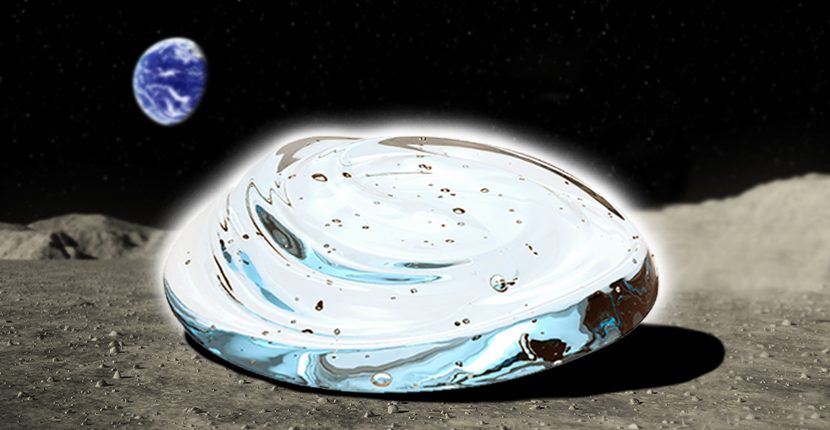Chinese scientists and researchers discovered a potentially new substance on the moon when its lunar rover, Yutu-2, was roaming over the moon’s surface, one official suspected is fallout from a meteor that may have crashed on the lunar surface’s far side.
Its rover had “gone to sleep” for its mid-day nap while scientists back in China were perusing photographs it had taken. The ones it had shot revealed to the team back on earth a small crater containing an odd, gooey, gelatinous material. Immediately, the rover “woke up” to begin checking out just what the material was, and soon discovered it was a kind of liquefied glass most likely caused by a meteor striking the moon.
The Chinese have not yet revealed precisely what the rover learned about the meteor or the liquid, but speculations abound about both.
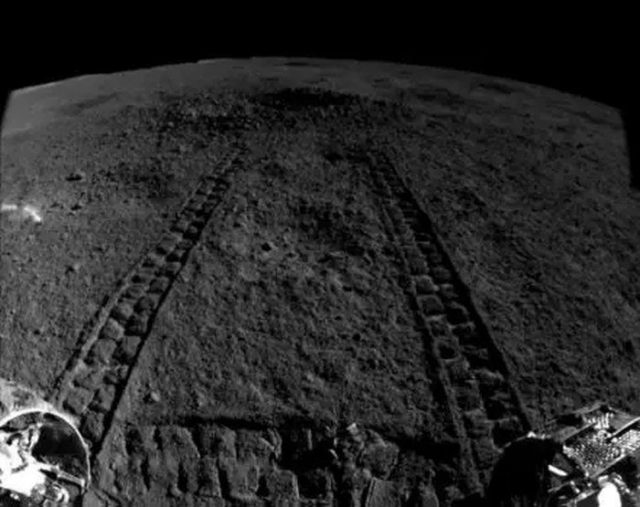
Mahesh Anand, a planetary scientist with the Open University in the U.K., told Newsweek recently that, while it’s difficult to say with any authority just what the moon substance is, since Chinese officials have said so little, he believes it could indeed be a type of liquefied glass. He noted that, should that turn out to be the case, the news would indeed turn out to be truly remarkable.
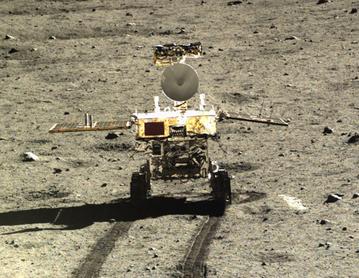
“The fact that it has been observed associated with a small impact crater, this find would be extremely exciting, as it would indicate that a very different material could just be hiding just underneath the very top surface (of the moon). This would have even greater significance if it turned out to have experienced interaction with water-ice (as the possibility of that existing on the lunar South Pole region is predicated on the basis of recent remote-sensing data).” In other words, the find could be a first for discoveries on the moon.
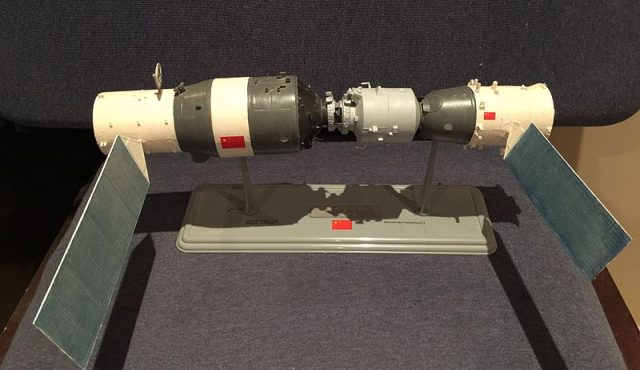
Many elements in nature can alter Earth’s geography, such as volcanoes and strong winds. But only meteors are capable of changing the lunar surface, according to Walter Freeman, a physicist with Syracuse University in New York.
Related Video:
https://youtu.be/ySoOqdcuUJw
“There is a bit of precedent for this on earth,” he explained, “at the site where the first nuclear bomb was tested in New Mexico; there is a glassy mineral called ‘trinitite,’ formed from the heat of the explosion. The same thing happens here (on earth) around meteoric impacts.”
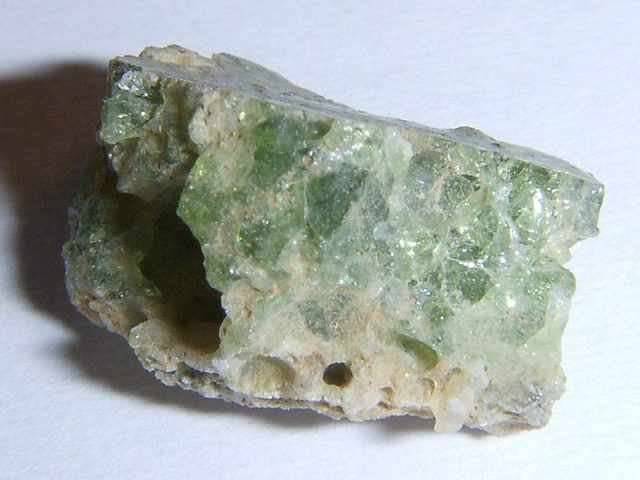
While China’s discovery certainly has the space research community buzzing, it is not the first time an unusual substance has been found on the lunar surface. More than 45 years ago, when America’s Apollo 17 moon mission was underway, astronauts discovered an unusually-coloured soil — red — while up there. (Apollo 17 was the last manned mission the U.S. sent to space).
Upon returning to earth, researchers got to work immediately to figure out what the mysterious substance was. They discovered, somewhat astonishingly, that it was the result of a volcanic eruption almost four billion years previously.
The Chinese rover will continue to explore the lunar surface and send back photographs to be studied, and anything else found there. China is the first nation to explore the far side of the moon and find this substance, and no doubt hopes to maintain that lead in outer space research. The Yutu rover was sent up in December 2018, and no plans to bring it home have been announced.
Related Article: China’s Breakthrough Attempt to Grow a Cotton Plant on the Moon
Meanwhile, in the United States it will not just be minerals and ore deposits they seek. NASA chief Jim Bridenstine told the Financial Review in July, “we have commercial partners that didn’t exist historically, so they can help offset costs.” Partners like Sir Richard Branson, Elon Musk and Jeff Bezos, all billionaires with extraordinarily big bank accounts, are anxious to discover whether space travel for rich civilians looking for adventure is ever going to be viable.
